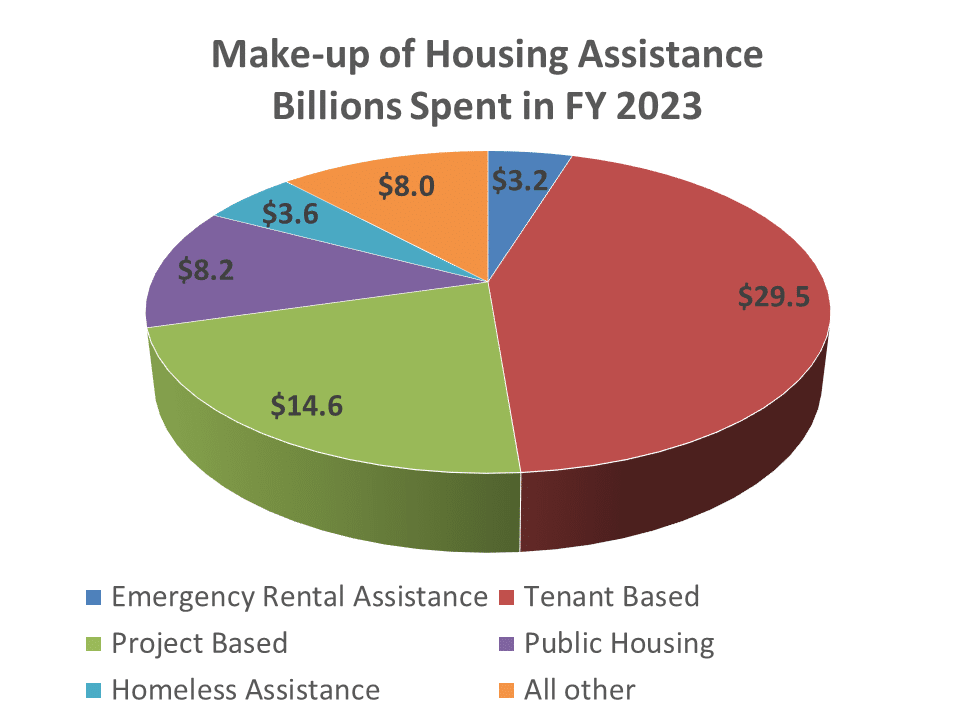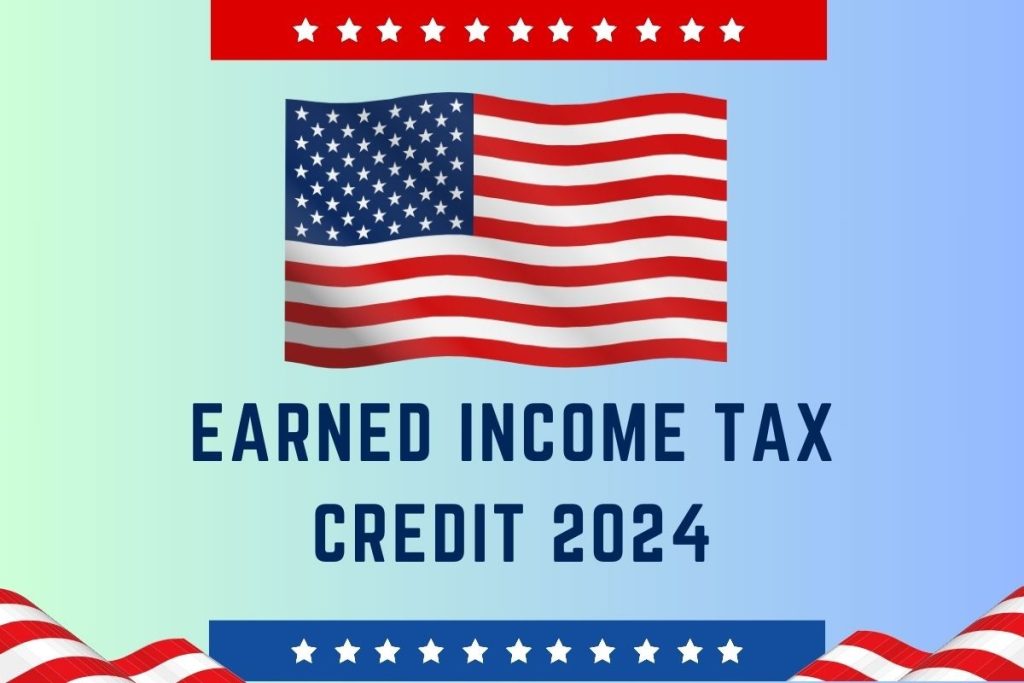Housing Choice Voucher Program Updates: Openings, Funding, and Policy Changes
The Housing Choice Voucher (HCV) Program, commonly known as Section 8, continues to play a pivotal role in assisting low-income families, the elderly, and individuals with disabilities in securing affordable housing. Recent developments across the United States highlight both opportunities and challenges within the program.
Waiting List Openings Provide New Opportunities
Housing Works, serving Central Oregon, has announced the opening of its 2025 HCV Program waiting list. This initiative aims to provide rental assistance to eligible residents in Deschutes, Jefferson, and Crook counties. Interested applicants are encouraged to apply promptly, as demand is expected to be high.
Similarly, in Oswego County, New York, the administration of the Section 8 HCV Rental Assistance Program has transitioned to JEM, Inc.’s Central Office HVC. This change is anticipated to enhance the efficiency and accessibility of the program for local residents.
Significant Funding Allocations Announced
The U.S. Department of Housing and Urban Development (HUD) has renewed its commitment to the HCV Program by allocating substantial funding. In May 2024, HUD announced a $30 billion renewal for the program, with New York State receiving over $3.3 billion to support public housing authorities in assisting families and individuals in need of affordable housing.
Policy Changes Introduce New Flexibilities
HUD has also introduced new flexibilities aimed at expediting the housing process for individuals experiencing homelessness. Communities with significant or rising rates of homelessness can now request to accept self-certification of income to determine program eligibility, streamlining the process and reducing barriers to housing access.
Potential Challenges Amid Proposed Budget Cuts
Despite these positive developments, the HCV Program faces potential challenges due to proposed federal budget cuts. Discussions in Congress suggest that reductions in funding could disproportionately affect states with high numbers of voucher recipients, potentially limiting access to affordable housing for many low-income families.



